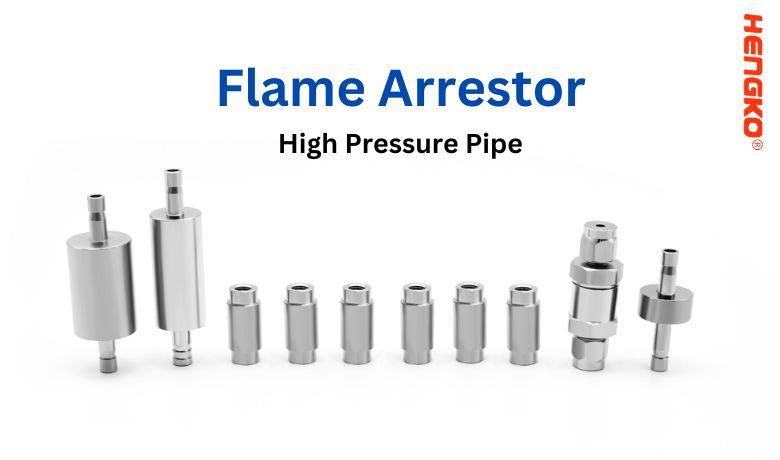-

Flame and explosion proof sintered metal filter assembly poisonous gas analyzer protect...
HENGKO explosion-proof sensor housing are made of 316L stainless steel and aluminum for maximum corrosion protection. A sinter-bonded flame arrestor provides...
View Detail -
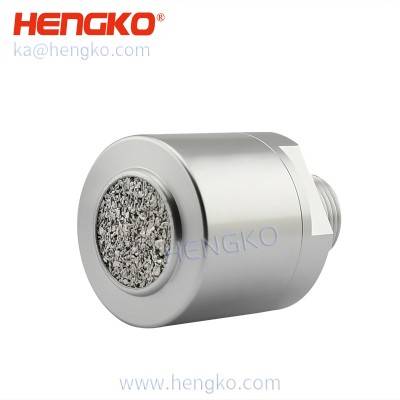
316L flame-proof filter housing co2 semiconductor microns modbus sensor filter probe ho...
HENGKO explosion-proof sensor housing is made of 316L stainless steel and aluminum for maximum corrosion protection. A sinter-bonded flame arrestor provides ...
View Detail -
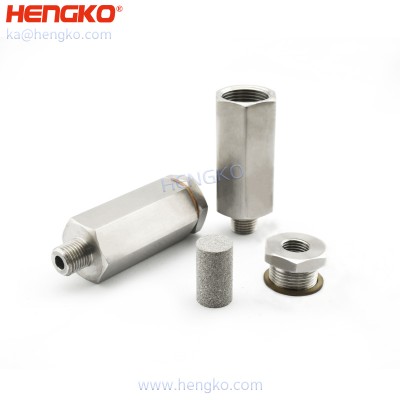
Highly Engineered Custom Sintered Porous Metal Flame Arrestor Assemblies
Flame arrestors are safety devices that allow the flow of combustible gases while preventing ignition. HENGKO designs components to meet specific flow condit...
View Detail -
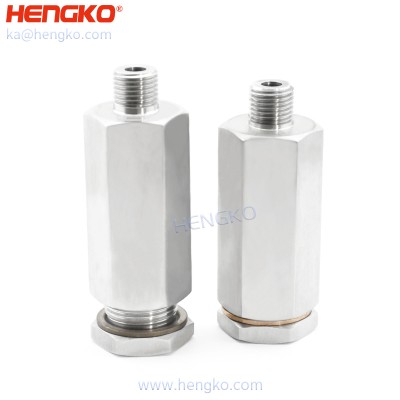
Custom sintered stainless steel round disc filter for flameproof and fire resistance
Sintered metal materials are a popular choice because these highly engineered materials consist of a uniform, interconnected porosity that can be fabricated ...
View Detail -
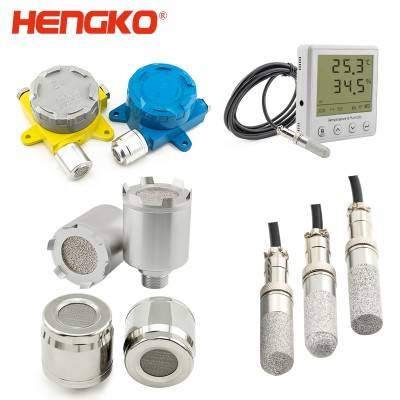
Porous sensor housing, IP 65 66 67 waterproof flameproof temperature and humidity elect...
HENGKO stainless steel weatherproof sensor housing and flameproof are made by sintering 316L powder material in high temperatures. They have been widely us...
View Detail -
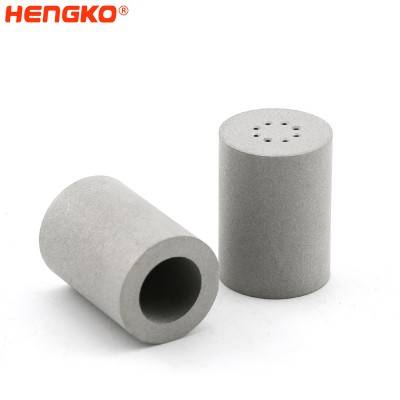
30-45/50-60um porous stainless steel sintered metal filter cartridge for flame arrester
A flame arrester is a device fitted to the opening of an enclosure, or to the connecting pipework in a system of enclosures. They permit gases or vapors to f...
View Detail -
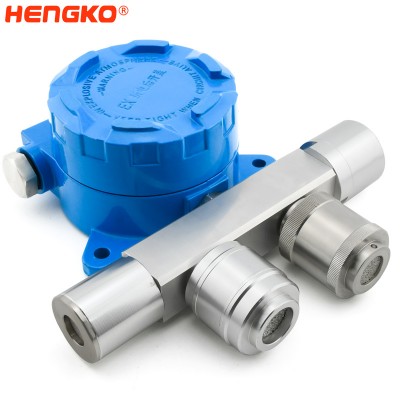
Commercial Industrial Gas Flame Detectors with Natural Gas Alarms
Save Seconds – Save Lives Safety failings lead to tragic consequences. In gas detection, every second counts, and choosing the right gas detection solution i...
View Detail -
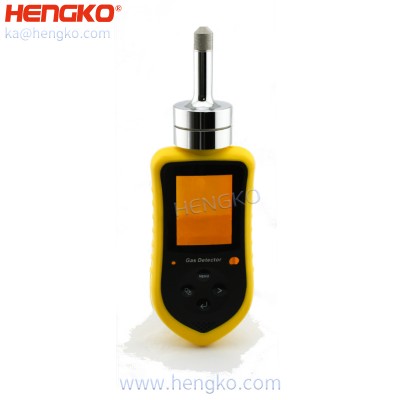
Flameproof Explosion-proof Housing for Combustible Oxygen Gas Leak Sensor Detector
HENGKO gas sensor detector is a kind of intelligent digitalgas sensor device, which provides comprehensive monitoring of combustible, toxic gas hazards in po...
View Detail -
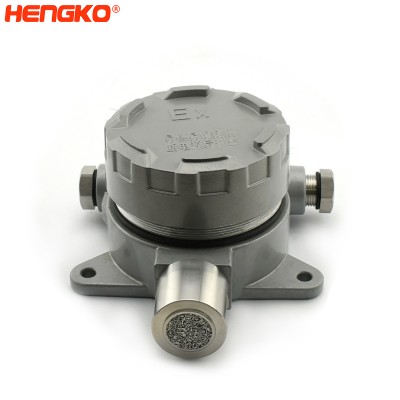
CH4 Explosion Proof Flameproof Gas Housing OEM Supplier
Gas type: combustible gas、poisonous gases、oxygen、ammonia chlorine、carbon monoxide、hydrogen sulfide Technology: catalytic Applications: gas detectors for...
View Detail -
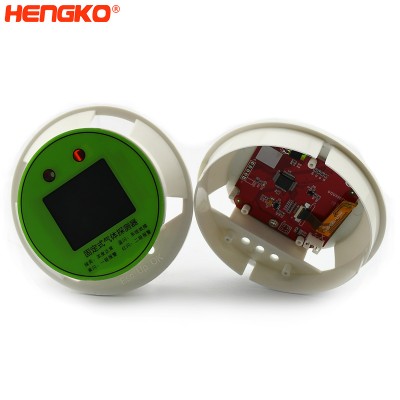
HENGKO anti explosion LP chlorine fixed gas detection instruments flame gas sensor dete...
HENGKO gas sensor display screen is an automatic intellectual electronic digital device. Gas detector transforms the gas density in the operating site into s...
View Detail -
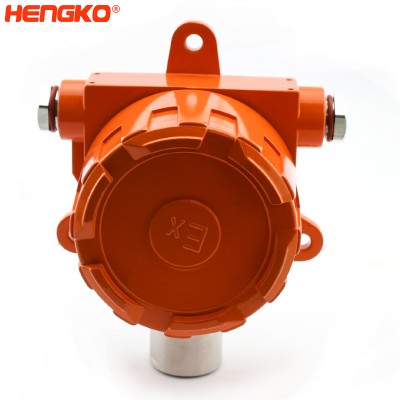
24VDC Industrial gas and flame chlorine gas detectors stainless steel gas sensor housin...
HENGKO gas sensor transmitter is a kind of intellectual equipment which adopts advanced catalytic gas sensor or electrochemical sensor so it can translate th...
View Detail -
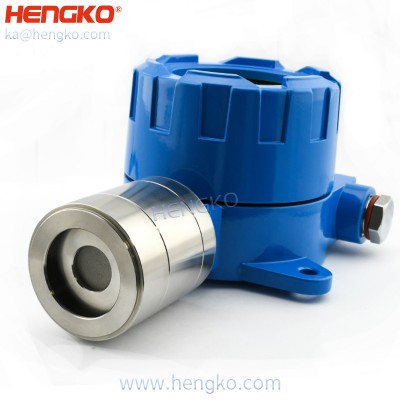
HENGKO flameproof enclosures for industrial environment
HENGKO gas sensor transmitter is a kind of intellectual equipment which adopts advanced catalytic gas sensor or electrochemical sensor so it can translate th...
View Detail
Types of Flame Arrestor
Flashback arrestors are safety devices designed to prevent the reverse flow of gas in an oxy-fuel system.
A flashback occurs when the flame propagates back into the fuel or oxygen hoses, which can lead to an
explosion. Flashback arrestors work by quenching the flame with a wet or dry barrier, depending on the
type of arrester used.
Normally, We Classify flame arresters into two types
There are two main types of flashback arrestors:
1. Dry flashback arrestors:
These arrestors use a porous sintered element to extinguish the flame. The sintered element is typically made
of metal or ceramic and has a very small pore size. When a flashback occurs, the flame is forced through the
sintered element, which breaks up the flame and extinguishes it.
2. Liquid flashback arrestors:
These arrestors use a non-flammable liquid to extinguish the flame. The liquid is typically water or a water-based
solution. The gas is bubbled through the liquid, which cools the flame and extinguishes it.
Dry flashback arrestors are more common than liquid flashback arrestors because they are less likely to freeze
or become contaminated. However, liquid flashback arrestors are more effective at extinguishing large flashbacks.
If classified by gas, there are the following types
| Gas Type | Flashback Arrester Type |
|---|---|
| Oxygen | Dry flashback arrester |
| Fuel | Dry or liquid flashback arrester |
| Mixed | Dry flashback arrester |
Choosing the Right Flashback Arrester
The type of flashback arrester that is used depends on the specific application. For example, dry flashback
arrestors are typically used for oxy-fuel welding and cutting, while liquid flashback arrestors are typically used for
oxy-fuel brazing and soldering.
It is important to consult with a qualified professional to choose the right flashback arrester for your application.
Main Features of Flame Arrestor
Flame Arrestors are vital safety devices designed to prevent the propagation of flames and protect against potential explosions or fire hazards in various industrial processes. Their main features include:
1. Flame Quenching:
Flame Arrestors are engineered with a mesh or perforated element that effectively quenches flames passing through the device. This prevents the flame from spreading further into the system.
2. Pressure Relief:
They offer pressure relief capabilities, allowing excessive pressure to be safely vented from the system, reducing the risk of overpressure-related accidents.
3. Durable Construction:
Flame Arrestors are constructed with robust materials that can withstand harsh operating conditions, making them suitable for use in diverse industrial environments.
4. High-Temperature Resistance:
They are designed to withstand high temperatures produced during combustion, ensuring their effectiveness and longevity.
5. Versatility:
Flame Arrestors can be customized to fit various applications, including pipelines, storage tanks, vent lines, and process vessels handling flammable gases or liquids.
6. Easy Maintenance:
Many models are designed for easy inspection and cleaning, ensuring optimal performance over time.
7. Compliance:
They are engineered to meet relevant safety standards and regulations, ensuring they contribute to a safe operating environment.
8. Wide Range of Sizes:
Flame Arrestors are available in a wide range of sizes to accommodate different flow rates and system requirements.
9. Corrosion Resistance:
Depending on the application, Flame Arrestors can be manufactured with materials that resist corrosion, extending their service life.
10. Passive Operation:
These devices operate passively, requiring no external power source for their functioning, which adds to their reliability.
Overall, till now you will know Flame Arrestors play a crucial role in safeguarding personnel, equipment, and the environment from
the potential dangers of flammable gases and vapors, making them indispensable components in various industrial safety systems.
How to use or install Flame Arrestor ?
Using and installing a Flame Arrestor properly is essential to ensure its effective operation in preventing the propagation of flames and ensuring safety. Here are the general steps for installing and using a Flame Arrestor:
1. Choose the Right Type: Select a Flame Arrestor suitable for the specific application, considering factors such as the type of gas or vapor, flow rate, and operating conditions.
Remember, installation procedures may vary depending on the specific model and manufacturer. Always refer to the manufacturer's installation instructions and guidelines to ensure proper use and installation of the Flame Arrestor in your particular application. Additionally, involve qualified personnel experienced in handling safety equipment and industrial processes to carry out the installation to maintain safety and compliance.
Where to install flashback arrestors
Flashback arrestors should be installed as close to the potential flashback source as possible.
This means that they should be installed on both the oxygen and fuel hoses, as close to the torch
as possible. In some cases, it may also be necessary to install flashback arrestors on the regulators.
Here are some specific guidelines for where to install flashback arrestors:
* On the oxygen hose: Install the flashback arrester on the oxygen hose between the regulator and the torch.* On the regulators: In some cases, it may also be necessary to install flashback arrestors on the regulators.
Do i need a flashback arrestor for propane ?
Whether or not you need a flashback arrestor for propane depends on the specific application. In general, flashback arrestors are not required for propane torches and equipment, as the risk of a flashback is extremely low. However, there are some situations where a flashback arrestor may be recommended or required.
For example, a flashback arrestor may be recommended if you are using a propane torch in a confined space, such as a basement or garage. This is because the lack of oxygen in a confined space can increase the risk of a flashback. Additionally, a flashback arrestor may be required if you are using a propane torch in a commercial or industrial setting, as there may be specific safety regulations in place.
Here are some general guidelines for when to use a flashback arrestor with propane:
* If you are using a propane torch in a confined space, such as a basement or garage.* If you are using a propane torch for a task that is not covered by the manufacturer's instructions.
* If you are concerned about the risk of a flashback.
If you are unsure whether or not you need a flashback arrestor for propane, it is always best to err
on the side of caution and use one. Flashback arrestors are relatively inexpensive and easy to install,
and they can help to prevent a serious accident.
Here is a summarizing the need for flashback arrestors with propane, hope it will be helpful for you know more
about Flame Arrestor.
| Application | Flashback Arrester Required |
|---|---|
| Propane torch for home use | Not typically required |
| Propane torch in confined space | Recommended |
| Propane torch in commercial or industrial setting | May be required |
| Propane torch for task not covered by manufacturer's instructions | Recommended |
| If concerned about risk of flashback | Recommended |
or any inquiries or to learn more about our high-quality Flame Arrestors and safety solutions, feel free to get in touch with us at HENGKO.
Contact us via email at: ka@hengko.com
Our dedicated team is ready to assist you with your requirements and provide expert guidance to ensure the safety and efficiency of your industrial processes.
Don't hesitate to reach out! We look forward to hearing from you.
